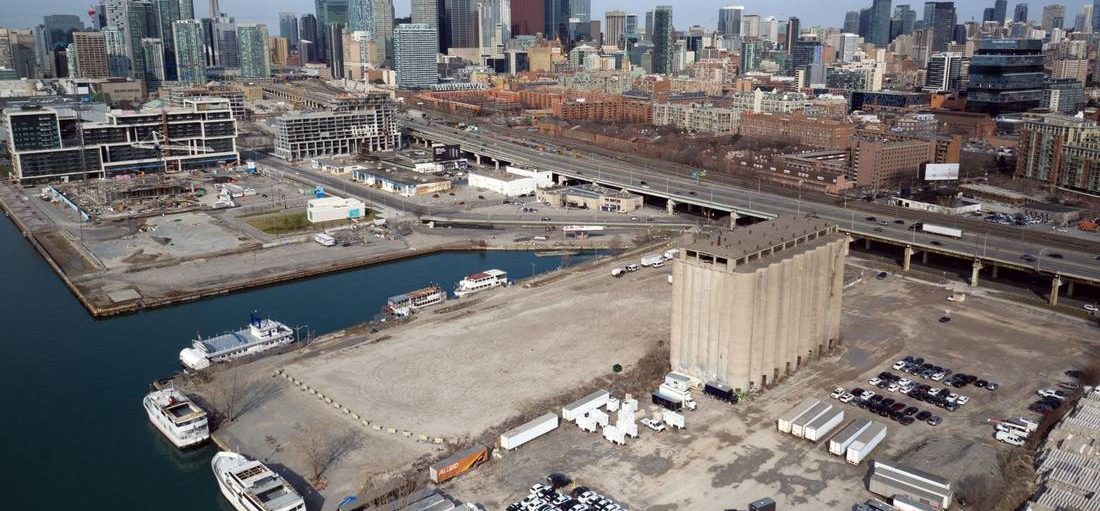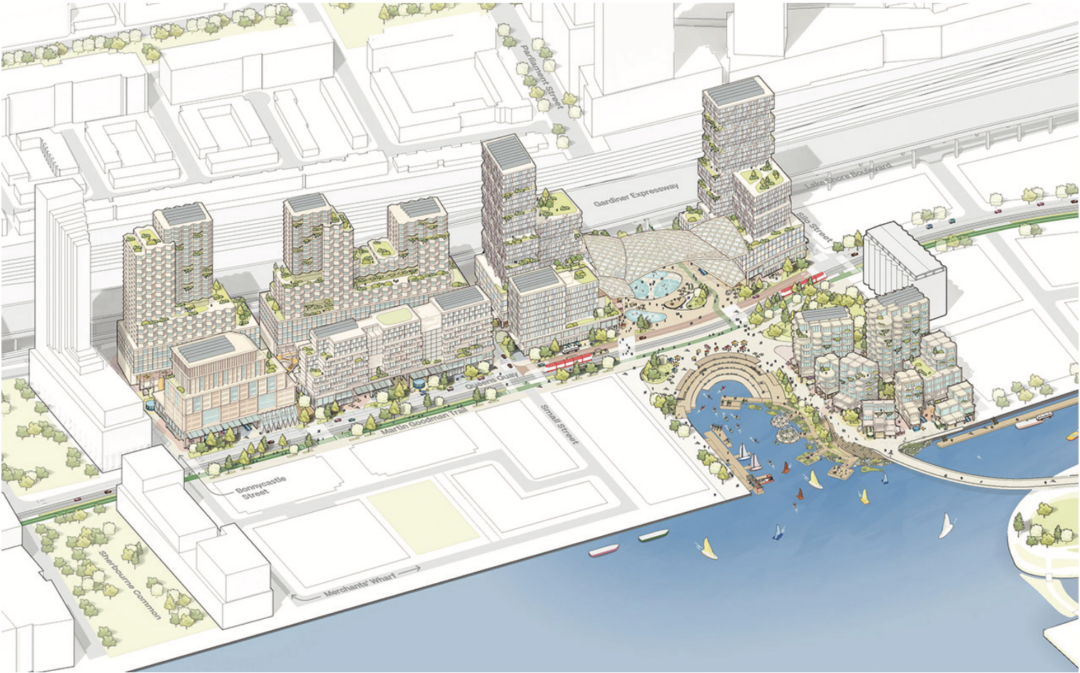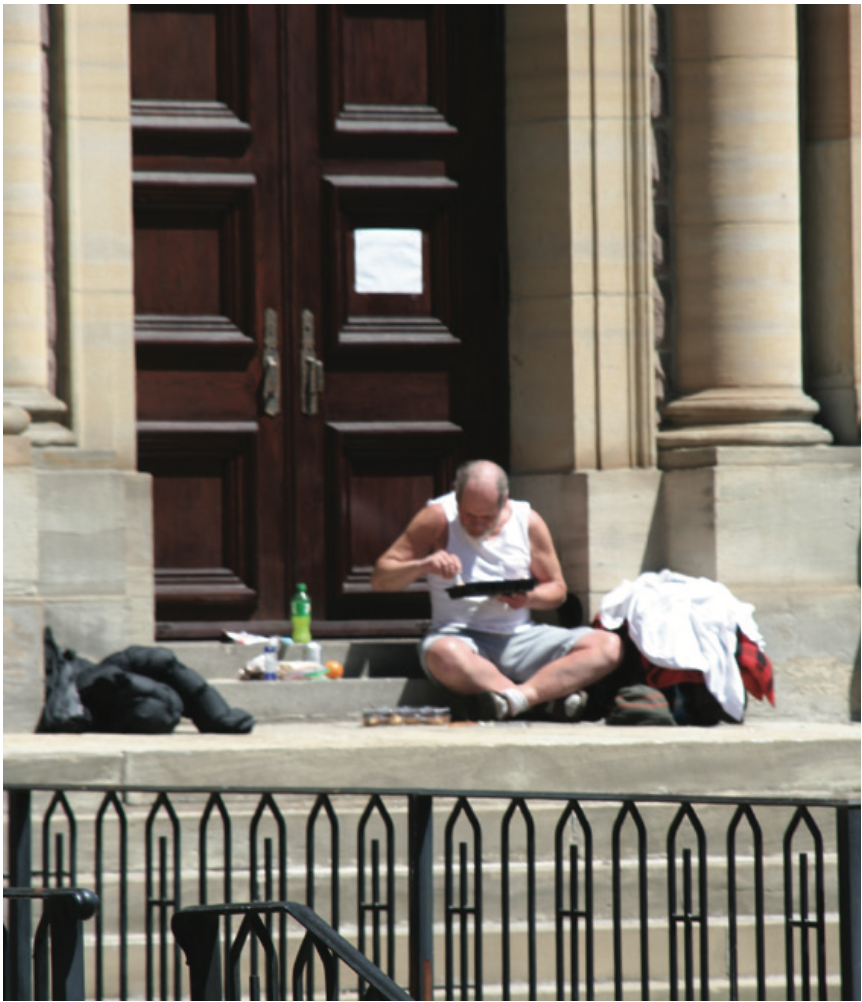By Andre Bermon
The controversial project to build Toronto’s first smart city development has come up short as the urban design company, Google-affiliated Sidewalk Labs, walked away from the tentative waterfront deal.
Citing economic upheavals and uncertainty in Toronto’s real estate market caused by the COVID-19 lockdowns, Sidewalk Labs stated in early May that it no longer seeks to build a high-tech district at the foot of Parliament Street, in the 12 acres known as Quayside. The announcement disappointed many, but has others thinking about new ways the city can approach future development.
Since October 2017, Sidewalk Labs and Waterfront Toronto, the tripartite governmental agency in charge of revitalizing the city’s expansive shoreline, had committed to introducing technological innovations such as pedestrian sensors, wood-built structures and driverless vehicles in a tech-driven urban community.
However, the ambitious project’s extensive data-collecting plans evoked privacy concerns from critics who insisted Sidewalk could not be trusted with public information. This became the defining issue dividing Torontonians on the smart city proposal.
“People couldn’t get past the association with Google, and that just meant evil,” said Jamie Cappelli, president of the St. Lawrence Neighbourhood Association, one of the community stakeholders solicited by Waterfront Toronto. “I find Toronto generally lags [behind] other cities … [and] this was first time I was like, oh boy, we are going to lead on something. Great!”
Much fanfare had surrounded experimenting with technology to solve the city’s many social needs, like affordable housing. Sidewalk had spent over $50 million (U.S), with a large portion to publicly promote its innovation plans, but according to Cappelli the company was never able to escape the mire of privacy worries.
“We should remind everyone that it was just in the very early stages. They did not have a design in place. Nothing was approved.”
A leak in early 2019 published by the Toronto Star exposed Sidewalk’s intentions to expand its footprint beyond Quayside to develop more than 190 acres of the city’s Port Lands. Backlash from the public was swift, prompting Sidewalk to reverse course months later.
Thorben Wieditz, an organizer for the protest movement #Blocksidewalk, told the bridge that the leak was a “formative moment” for the group, bringing in like-minded individuals and organizations with “an interest in protecting Toronto’s waterfront from a takeover attempt by a large corporation.”
Sidewalk Labs “failed until the very end,” Wieditz concludes, “to demonstrate why we would actually need digital solutions to find [answers] to these pressing urban needs in the city … It seemed like a project trying to grab a whole lot of mostly publicly owned land … and to roll out digital solutions in order to stack up a lot of data that would otherwise not go to Google.”
Sidewalk Lab’s departure leaves the prime waterfront property up for grabs. Going back to the drawing board means deciding what kind of development Torontonians expect on the 12-acre site.
The current pandemic has heightened the need for affordable and sustainable communities, leading some to suggest replicating the St. Lawrence neighbourhood model. But could a large mixed-income development with co-ops, subsidized housing and condo buildings be feasible in today’s real estate market?
“I think it is dreaming in Technicolor if anybody thinks they could reproduce the St. Lawrence neighbourhood,” commented Mariana Valverde, a criminology and sociology professor at the University of Toronto. “But you could do something [that] at least meets some of the same goals.”
Valverde pointed to a recent City of Toronto announcement that it would spend $47.5 million on 250 prefabricated modular units as part of a pilot project to house homeless people. “There is going to be a big push to provide even more of that,” she added, saying such a scheme would be an interesting use of innovation.
“Given the current crisis, just providing affordable housing without any bells and whistles or any controversial things about data collection would probably seem a more reasonable use of that land … I can’t image City Council being keen to go with some fancy smart city proposal with all sorts of unprecedented untested technologies.”
For over two years the Sidewalk affair dominated headlines as the push for a renewed waterfront garnered enthusiasts and opponents of a futuristic development by a major American corporation. The heat of the debate revealed a conscious effort by many Torontonians to have a say in such a monumental decision.
“Whether you supported Sidewalk or not,” Spadina-Fort York MPP Chris Glover wrote to the bridge, “there is now an incredible opportunity to create a neighbourhood in Quayside that provides affordable housing and public space along the waterfront while building with environmentally friendly construction techniques. Waterfront Toronto needs to work with the community to establish goals that would capitalize on the opportunities and address the challenges that such a rich site presents.”




